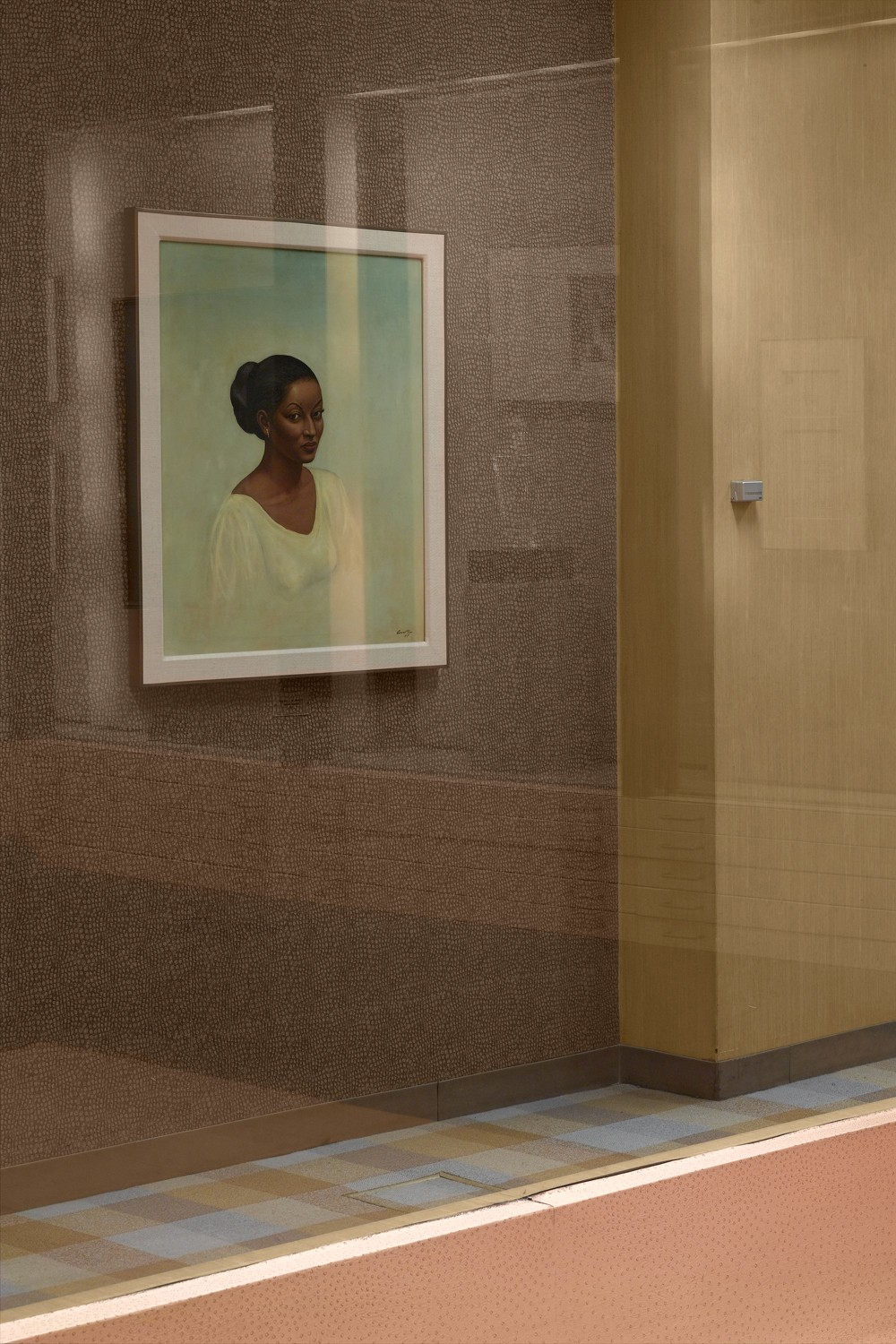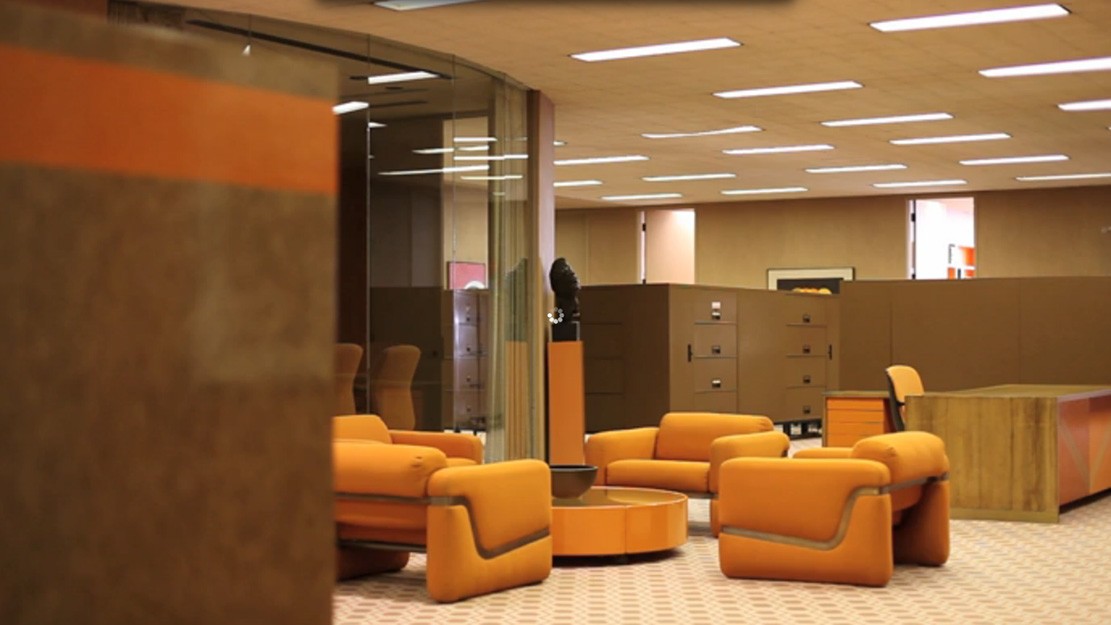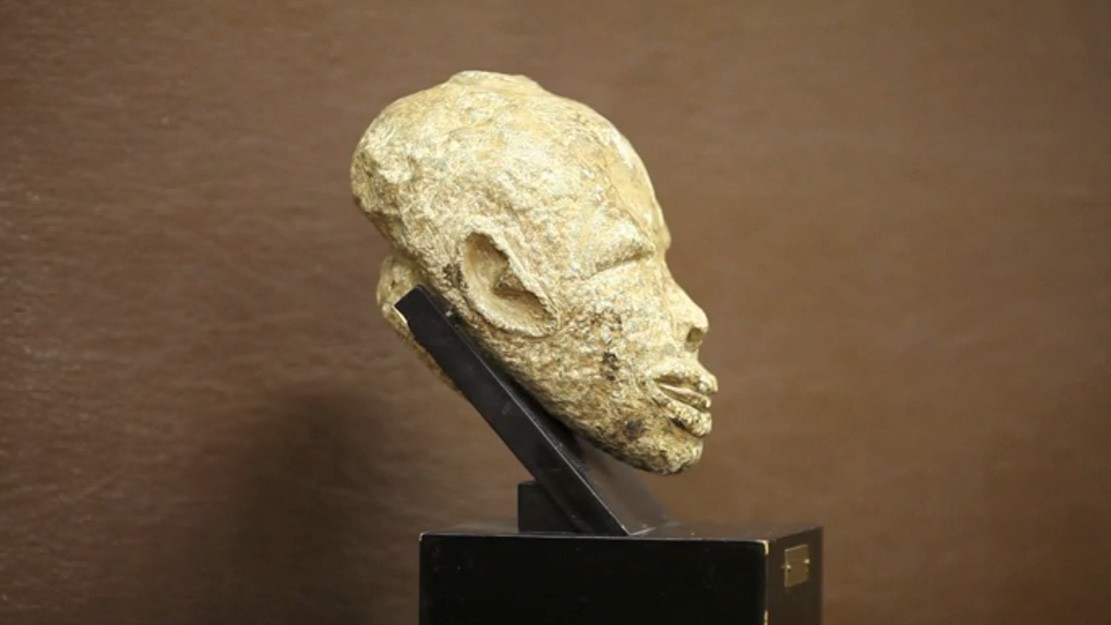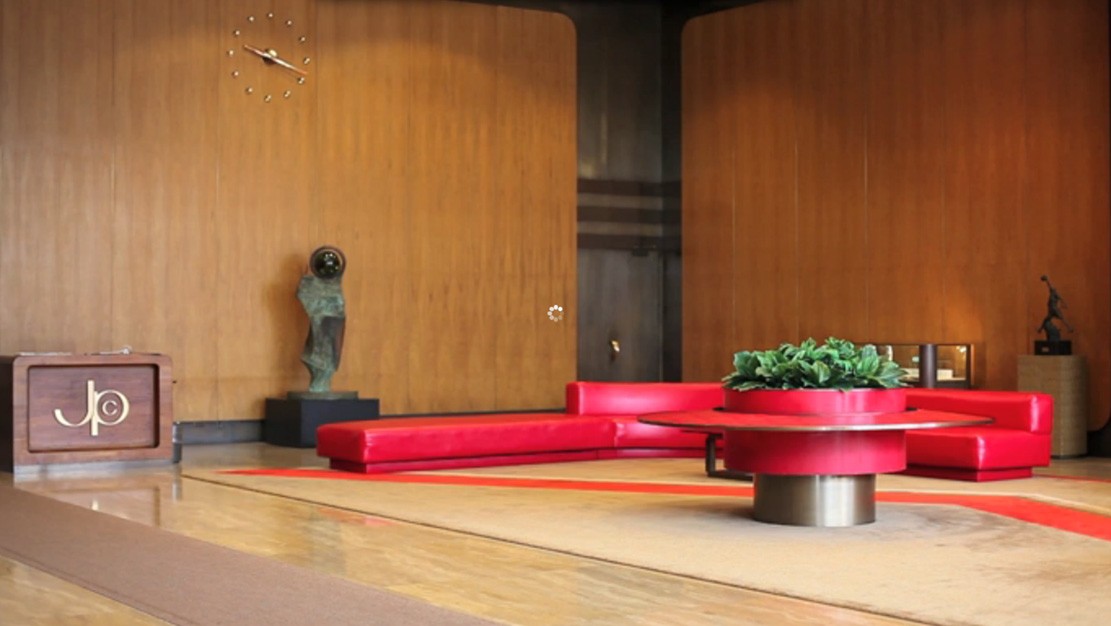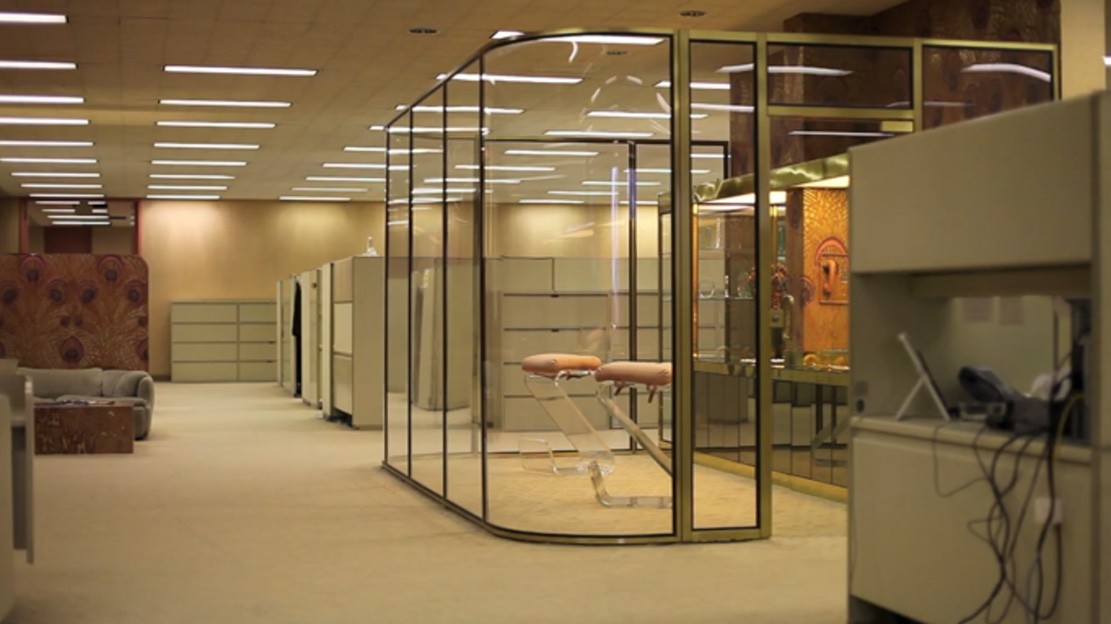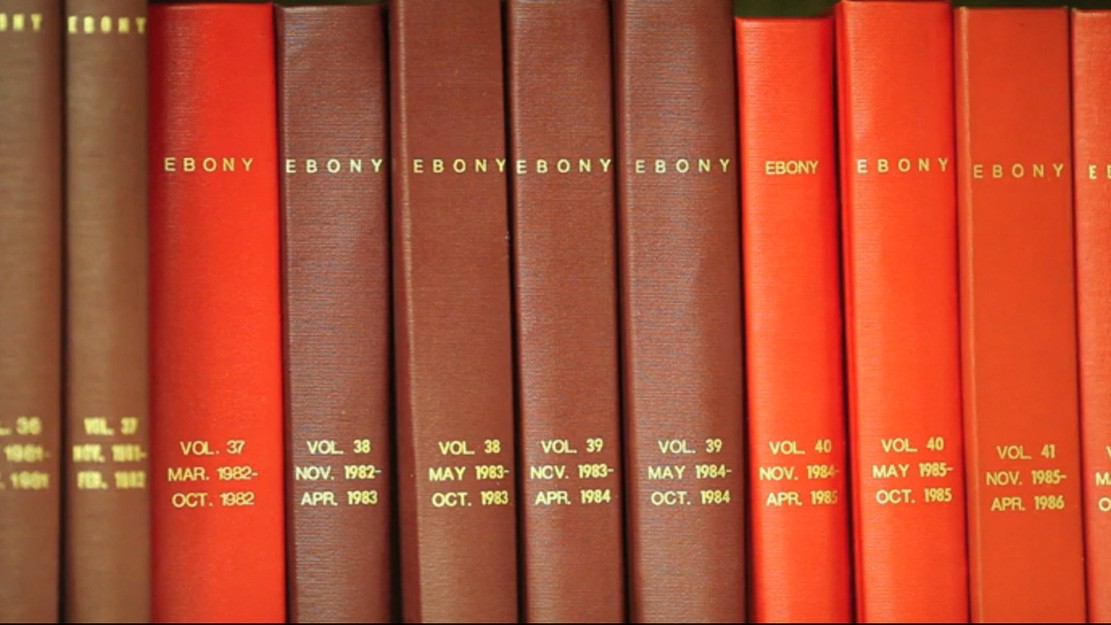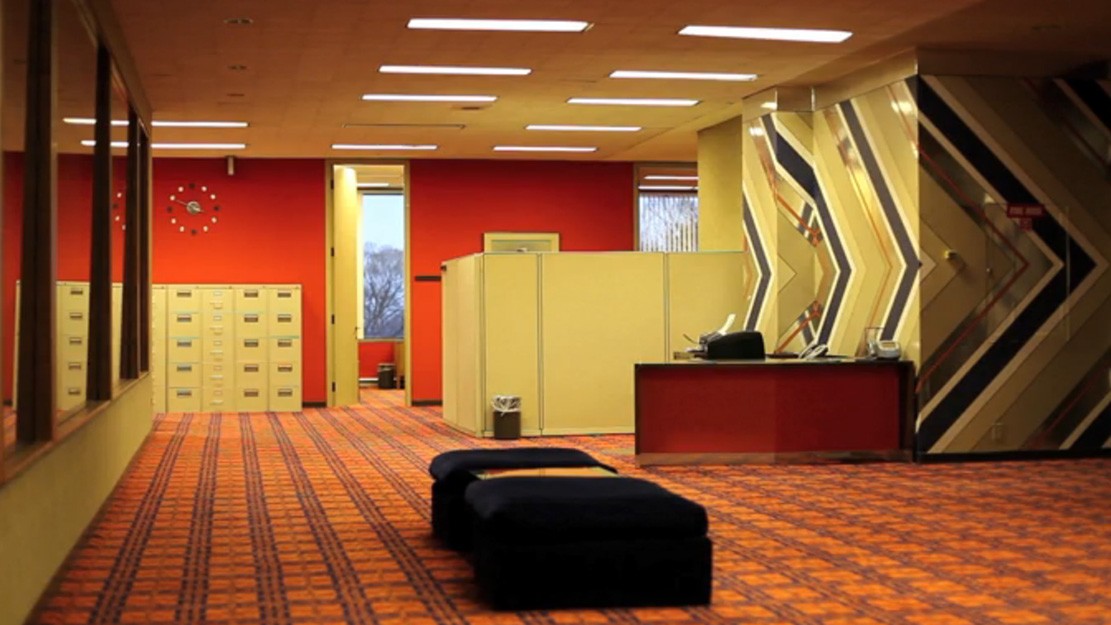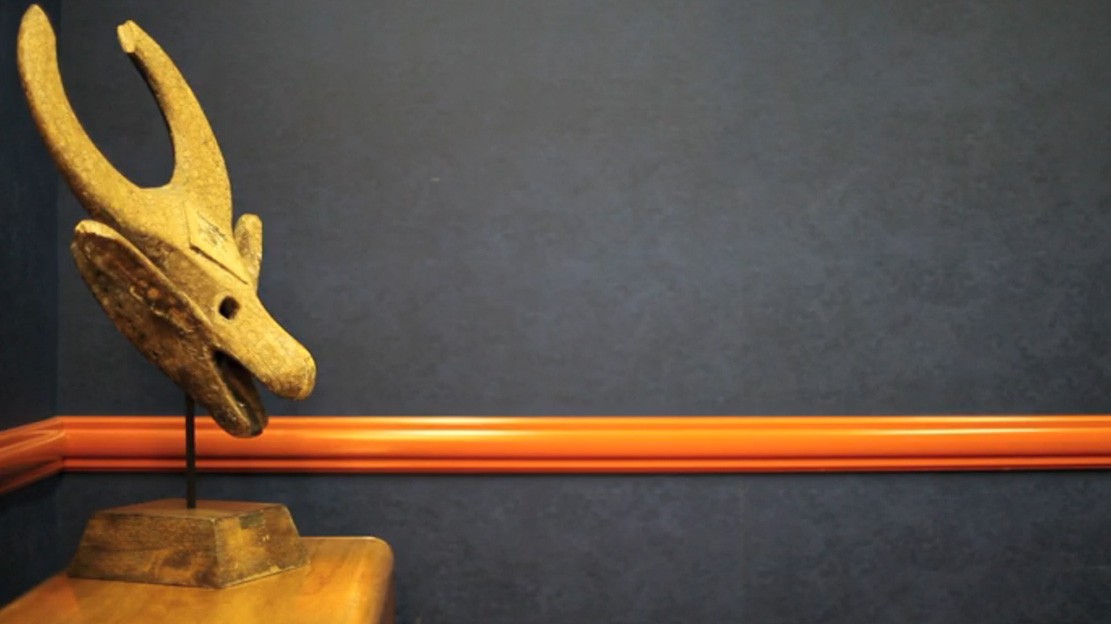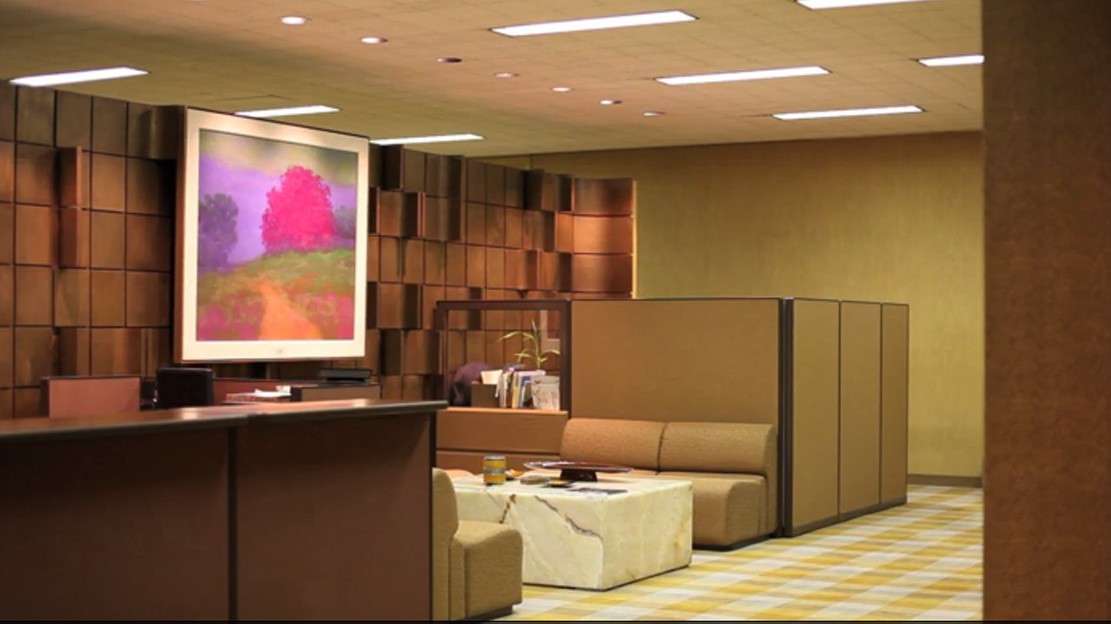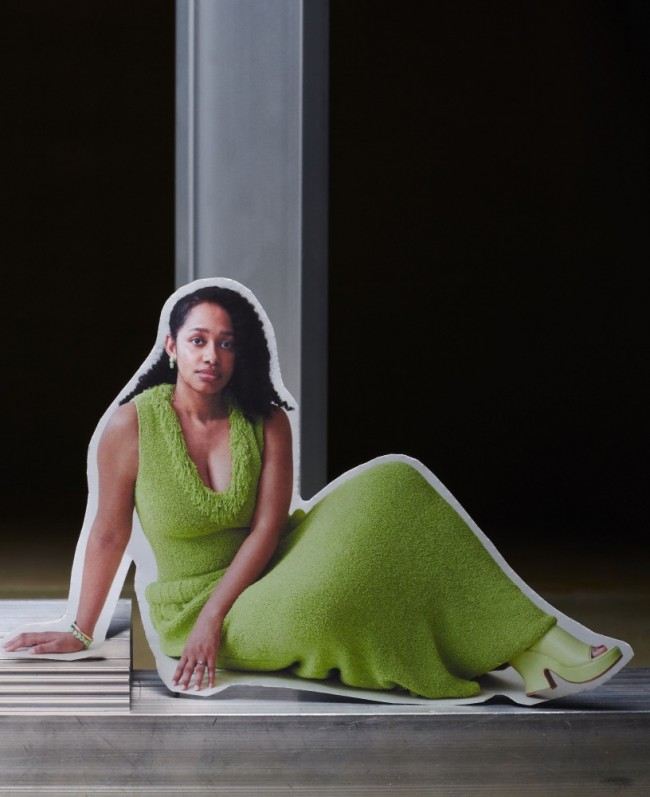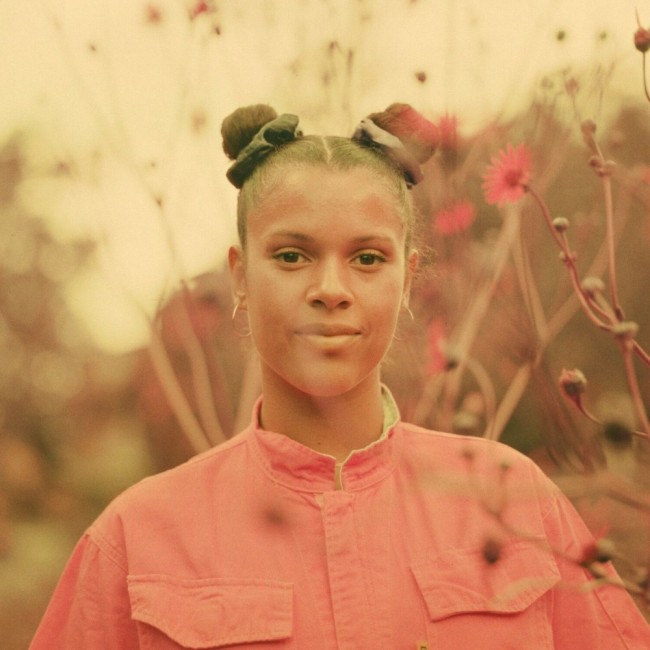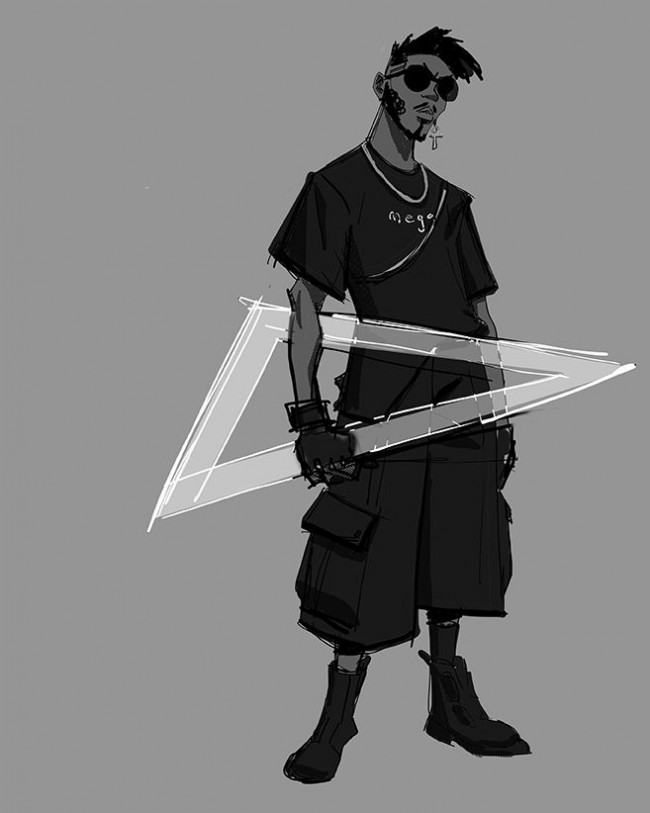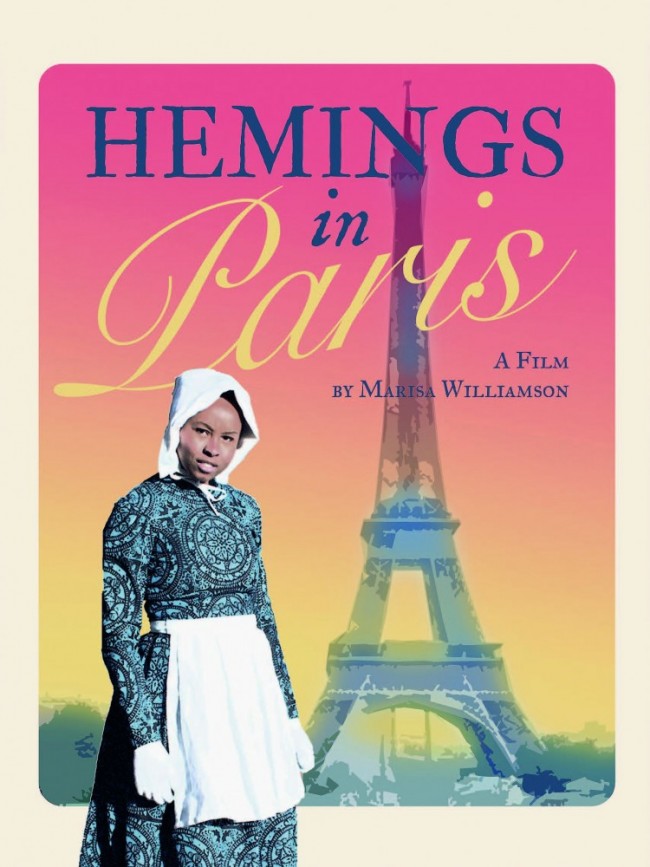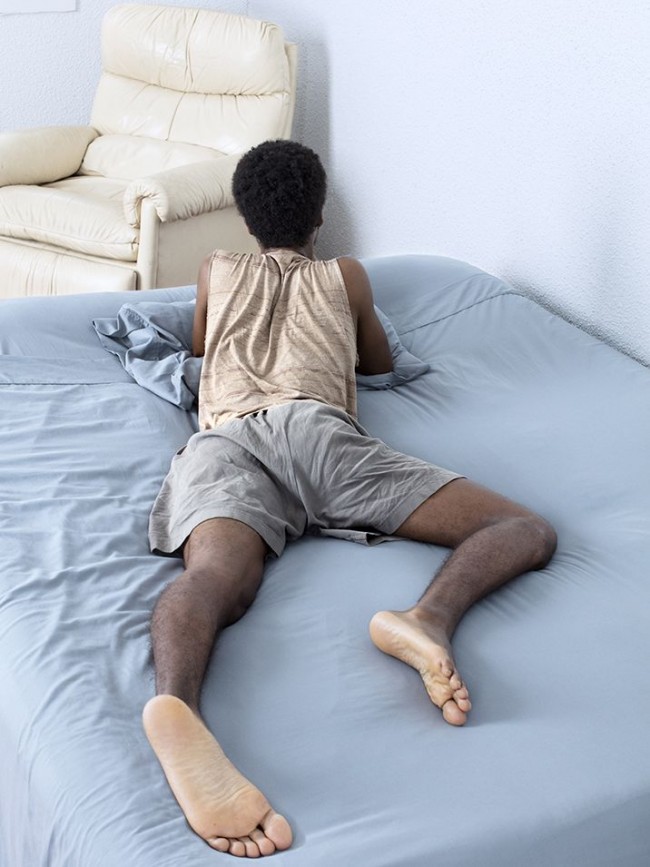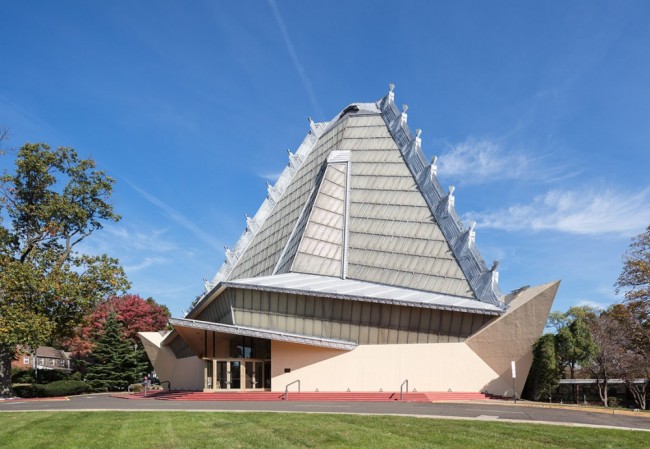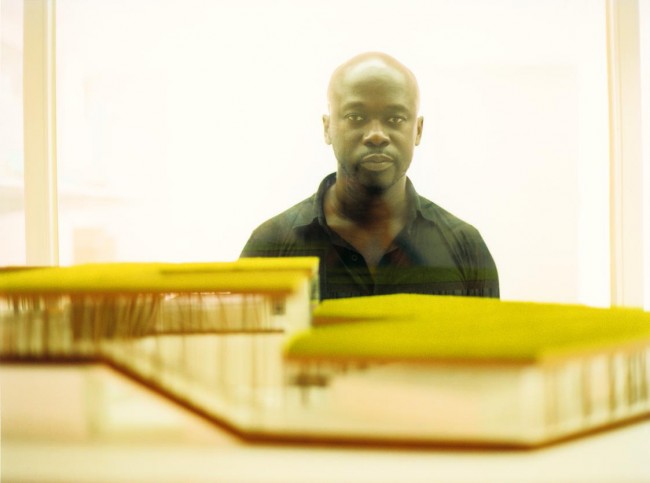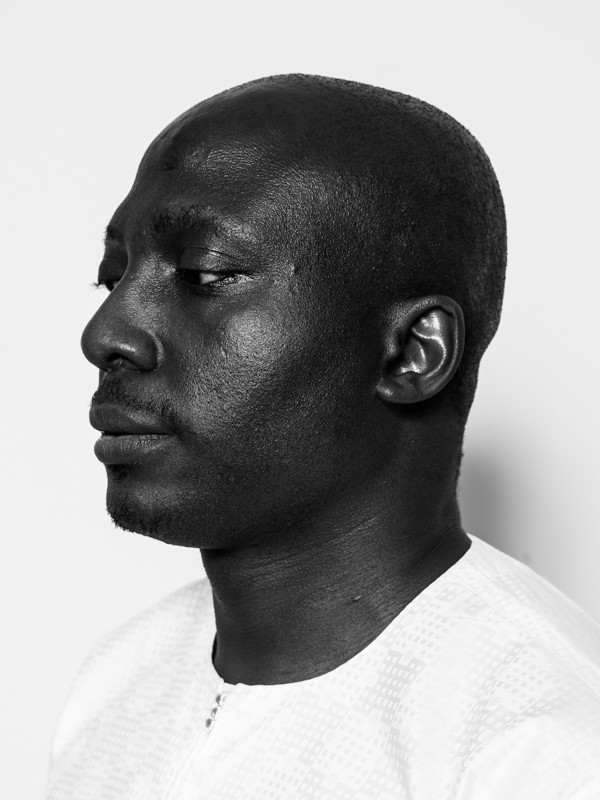STRAY LIGHT: THE JOHNSON PUBLISHING COMPANY IN CHICAGO, AS SEEN BY ARTIST DAVID HARTT
Stray Light, a film by the artist David Hartt, is a portrait of the headquarters of Johnson Publishing Company (JPC) in Chicago. Founded in 1942 by business visionary John H. Johnson, JPC launched seminal American titles such as Ebony and Jet magazines. The company’s eleven-story building is an iconic presence on South Michigan Avenue, with an illuminated rooftop marquee that’s a landmark in itself. Designed by pioneering black architect John Moutoussamy, a partner in the Chicago firm Dubin, Dubin, Black & Moutoussamy, the JPC building was finished in 1972. The International Style exterior, sober and stripped of ornament, stands in stark contrast to the exuberant interiors, realized by famed Palm Springs designer Arthur Elrod. Vibrant colors and precious materials — fur, ostrich-skin wallpaper, Hermès leather, and Chanel tweed upholstery — permeate every JPC department on floor after floor, from book publishing to radio to cosmetics.
Given the deluxe fittings, distinctive room configurations, and exquisite details, it makes sense that Johnson’s wife and business partner, Eunice, was an important collector of couture, who birthed the Ebony Fashion Fair — an annual traveling fashion show that raised millions of dollars in scholarships for charities across North America. As Joy Bivins, co-curator of a recent exhibition on the fair, explains, it “was about using fashion to put forth new ideas about black life and who African-Americans could be and were aspiring to be.” Similarly, the JPC building stood as a stalwart reflection of the Johnsons’ vision of self determination, and the strength of their legacy is evident in its museum-like preservation.
But unyielding allegiance to an ideal can provoke tension as an organization moves into the future. Publishing as an industry has been forced to reinvent itself, both in response to new technology and to new generations of consumers who are accustomed to expanding and ever-more-diverse markets. In early 2010, while Hartt was preparing to shoot Stray Light, only 40 percent of JPC’s headquarters was still in use and, later that year, the company sold their landmark building and relocated to smaller premises in a nearby skyscraper. The new owner, Columbia College Chicago, has committed to preserving Johnson’s legacy and his forward vision of the American dream as it converts the building into a university library and research center. Hartt’s twelve-minute film, first shown at the MCA Chicago in November 2011, is not intended as a historically accurate representation of a place or time. Instead it explores the relationship between ambitious visions from the past and the adaptation required to survive in the ineluctable future.
Taken from PIN–UP 16, Spring Summer 2014.
Film stills from Stray Light, a film by the artist David Hartt.

